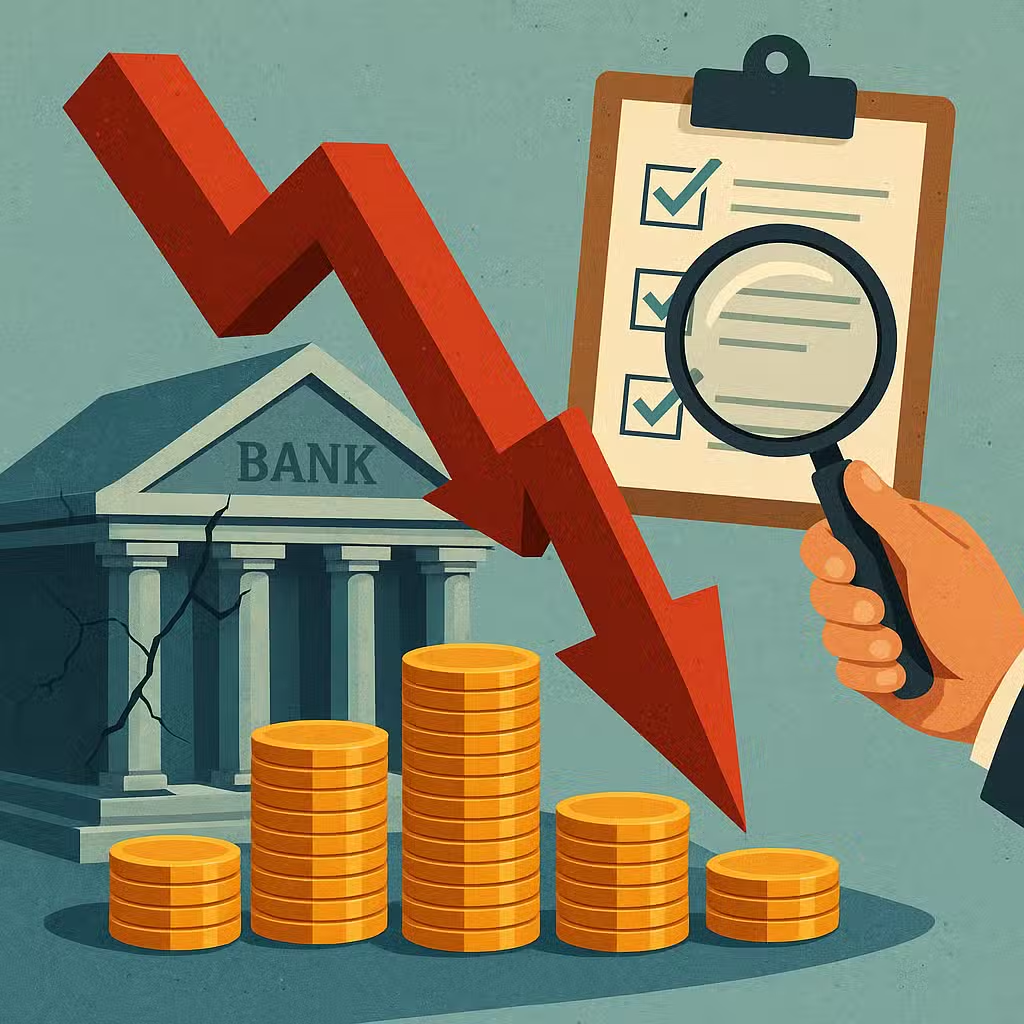Student Loan Repayment Delays: What Investors Should Watch for Under Trump Administration
Imagine waiting in line for your favorite ride at an amusement park, only to find out the ride is closed for repairs. That’s what it feels like for over a million people stuck waiting for help with their student loans because the government is shut down. This situation isn’t just frustrating—it could impact your wallet and your investments.
Why Investors Should Care
When the government closes, important services slow down or stop. This doesn’t just hurt people trying to fix their student loans. It can also shake up the stock market, especially companies tied to education, banks, and even the broader economy. Investors need to pay attention because government shutdowns can signal trouble for consumer spending and confidence.
The Problem: Student Loan Help on Hold
Right now, more than 1 million student loan borrowers are waiting for help to get on better repayment plans, according to court records from September. These plans, called income-driven repayment (IDR) plans, are supposed to make payments more affordable by matching them to what people actually earn. But with the government shutdown, most Education Department workers are not allowed to do their jobs, so these applications are just piling up.
- As of August 31, over 1,076,000 applications for these plans were still waiting to be processed (CNBC).
- Many people are also stuck in limbo because a popular repayment plan called SAVE was struck down in court.
- While they wait, interest on their loans keeps growing, making it even harder to pay back the debt.
According to the Federal Reserve, Americans owe more than $1.7 trillion in student loans—a huge number that affects everything from buying homes to saving for retirement (Federal Reserve).
Bull Case: Why This Could Get Better
- Temporary Slowdown: Government shutdowns are usually short. Once the government reopens, workers can start processing applications again.
- Potential Policy Changes: Pressure from voters and borrowers might push Congress to fix the system or make repayment easier in the future.
- Debt Forgiveness: Some borrowers may still qualify for loan forgiveness once things are back on track, especially through Public Service Loan Forgiveness (PSLF).
Bear Case: Why This Could Get Worse
- Longer Wait Times: If the shutdown drags on, the backlog will grow, and it could take even longer to get help.
- Rising Interest: For those stuck in limbo, interest continues to build, making loans more expensive over time.
- Financial Stress: Borrowers might struggle to pay bills or save money, which can hurt consumer spending and the economy.
- Market Ripples: If enough people feel squeezed, it could hurt sectors like banking, housing, and retail.
What Borrowers Can Do Right Now
- Save Payment Money: Set aside what you would have paid so you’re ready when bills come due.
- Keep Records: Hold onto emails, application confirmations, and any letters you get. This will help if you need to prove your case later.
- Watch for Updates: As soon as the government reopens, check on your application and follow up quickly.
- Patience is Key: Sadly, this is mostly a waiting game. But being prepared can help you avoid surprises.
Investor Takeaway
- Monitor education and banking stocks for signs of stress or opportunity as the backlog grows or shrinks.
- Consider consumer spending trends—troubled borrowers may cut back, which can impact retail and housing sectors.
- Stay alert for policy changes that could reshape student loan programs or boost related sectors.
- Diversify your portfolio to protect against swings caused by government shutdowns or consumer debt worries.
- Remember the big picture: Government shutdowns are temporary, but the ripple effects on borrowers and markets can last much longer.
For the full original report, see CNBC






